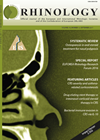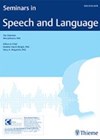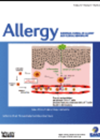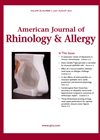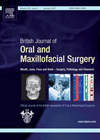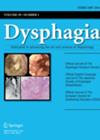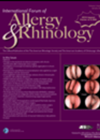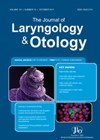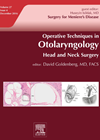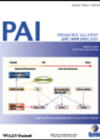
Journal Reviews archive for 2017
Saline irrigation in CRSwNP after surgery
This article, largely from Germany, aims to prove the effectiveness of nasal saline irrigation in postoperative patients with CRS with nasal polyps. A prospective, single blinded randomised trial was designed with an irrigation and non-irrigation arm. Patients who underwent sinonasal...
Remembering the first word first or the last word first: what does this mean about the interaction between language and short term memory?
This article reviews theories of how verbal short term memory (STM) interacts with other language functions and thus how semantics or phonology of target items can influence what individuals remember. The authors describe examples from the research literature that have...
Sinus surgery effects on asthma patients
Chronic rhinosinusitis (CRS) and asthma are related. The authors identified a gap in the literature and designed this study with a relatively large sample size of 86 patients. They included patients with comorbid asthma and CRS with or without polyps...
3D is the future?
This is an interesting take on yet another way to incorporate modern technology into medical practice, and the novel use of a 3D printer to create a custom-made prosthesis for large and irregular nasal septal perforations. These prostheses have the...
5-cm incision for neck dissection and free flap reconstruction
Patients with oral cavity squamous cell carcinoma (SCC) will commonly require neck dissection as it is associated with a higher rate of overall and disease free survival. Free flap reconstruction of the defect following surgical resection is considered the gold...
How do you solve a problem like Dysphagia?
When a patient is referred to a speech and language therapist for the management of swallowing difficulties, multiple options are available to address these issues. The choice is based on a detailed assessment of the patient’s swallowing physiology and function....
Paediatric pituitary surgery - is it lagging behind?
Endoscopic sellar surgery, especially for adenomas, is a relatively safe, straightforward surgery with (mostly) reproducible results and few complications. However, the evolution of pituitary surgery was a long process, starting from open/transfrontal approaches all the way to transsphenoid to the...
Rationales to explore the neck in penetrating injuries
Penetrating neck injuries in the UK are more commonly associated with low velocity objects such as knives and blades as opposed to gunshots. To explore the neck requires careful consideration of the need to do so in line with Burgess...
Associated findings in MRI used for detecting acoustic neuroma
Presently, gadolinium enhanced magnetic resonance imaging is the ‘gold standard’ for investigating acoustic neuroma. There are often ‘incidental’ findings that may or may not be significant. In this study of 109 scans, the authors noted an uptake of 0.9% for...
Low risk options following failure of intratympanic gentamicin for Meniere’s
This article is a useful summary of the options available when intratympanic gentamicin (ITG) fails to adequately control vertigo episodes in Meniere’s patients. The authors describe the anatomical reasons that may impede drug delivery to the round window with the...
Performing a labyrinthectomy
This article takes the reader through the two main approaches for a labyrinthectomy for intractable Meniere’s disease. These are the traditional trans-mastoid and the less well known trans-canal. They state that according to the House clinic, the selection criteria for...
Blocked nose in children with allergic rhinitis
Nasal obstruction is a classic symptom in children with allergic rhinitis. While the nasal obstructive disorders including septal deformity, turbinate hyperplasia and adenoidal enlargement are widely recognised in adult nasal blockage, their relationship with paediatric allergic rhinitis however, is scarcely...

